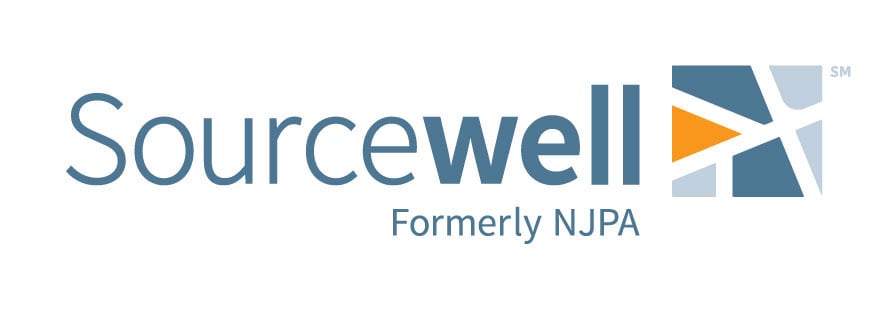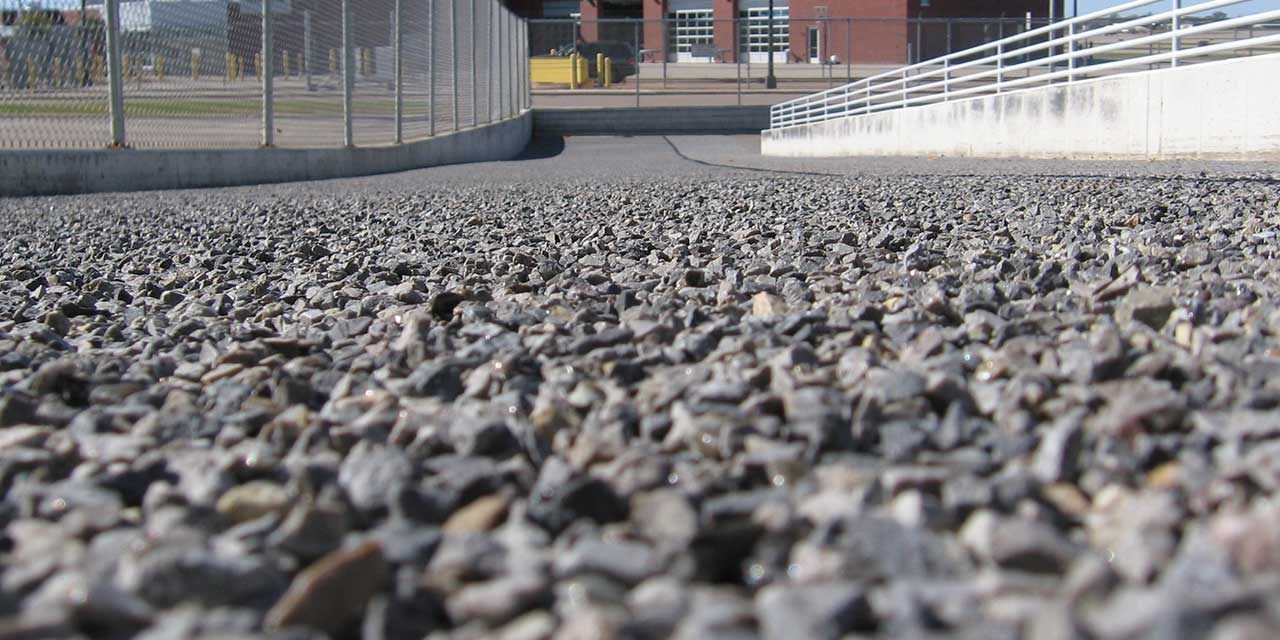Did you know?

SafeLane® surface overlay now has an awarded contract with the NJPA?
Learn more about the benefits of NJPA.
SafeLane® surface overlay FAQs
Questions and answers about SafeLane® surface overlay.
How do I obtain funding for a SafeLane® surface overlay project?
The Federal Highway Administration and the U.S. Department of Transportation administer the Federal Aid Highway Program which provides program and funding options that could support the installation of bridge and highway improvements such as SafeLane® surface overlay.
Federal Funding Options for Bridge and Highway Improvement A list of possible funding sources to use for SafeLane® surface overlay installations. (PDF)
How is SafeLane® surface overlay installed?
Installing SafeLane® surface overlay is a simple process that follows AASHTO (American Association of State Highway and Transportation Officials) Task force 34 protocols.
Here is a basic, step-by-step breakdown of the process:
- Surface preparation to clean off oil and contaminants, including surface repair if needed.
- Concrete surfaces are shot-blasted to an ICRI (International Concrete Repair Institute) level of 5-7 to roughen up the surface and ensure a good chemical bond.
- Crews mix and prepare the epoxy. Crews manually spread the epoxy using squeegees. The aggregate is then immediately broadcast across the surface using a shovel.
- Overlay is applied in two applications for road and bridge projects. One application for commercial and airport uses.
- The epoxy is left to cure for seven to eight hours depending on outdoor temperatures.
- After it cures, loose rock is scraped off and vacuumed up by a sweeper truck, followed by leaf blowers.
- Surface is reopened to traffic.
Can SafeLane® surface overlay be applied on grade in addition to elevated road surfaces such as bridge decks?
As every location is unique, SafeLane® surface overlay may be an option. Standard epoxy overlays have been successfully used on bridge decks and other road surfaces for years. SafeLane® surface overlay should not be installed at any location where sub-surface water causes percolation through the pavement or any pavement with pre-existing sub-surface concrete delamination issues.
Your representative can advise and evaluate any prospective installation location.
Can SafeLane® surface overlay be applied to new asphalt or other flexible pavements?
The bond between asphalt and SafeLane® surface overlay is stronger than the bond between the asphalt and its substrate. We advise that any asphalt surface be installed for at least 6 months prior to application of SafeLane® surface overlay. This allows oils and other volatile materials that may interfere with adhesion ample time to adequately dissipate.
Can the SafeLane® surface overlay be applied to new concrete?
We advise that any concrete surface be allowed to cure for no less than 28 days prior to application of SafeLane® surface overlay. What kind of pre-installation road surface preparation must be done? Prior to installation, steel shot-blasting or sand blasting of the pavement must be performed to ensure adequate adhesion of SafeLane® surface overlay to the pavement. Additionally, all pavement potholes, cracks, and de-laminations must be repaired.
Your representative can advise and evaluate any prospective installation location.
Can I use my own epoxy or aggregate?
SafeLane® surface overlay is a patented system, which consists of epoxy and aggregate materials supplied solely from Cargill and installed by Cargill-licensed contractors.
What kind of aggregate is used?
The aggregate in SafeLane® surface overlay is a proprietary aggregate that has been identified through several years of testing by Michigan Tech University, the original inventor of the technology. It has acceptable wear and durability characteristics along with the unique ability to store and release liquid anti-icing chemicals.
Can we install SafeLane® surface overlay?
Only Cargill-licensed installation contractors can install SafeLane® surface overlay.
Contact your representative for details on becoming a licensed installer.
How much does SafeLane® surface overlay cost?
In general, installation costs for SafeLane® surface overlay average a few dollars more per square foot than standard epoxy overlays. However, SafeLane® surface overlay is the only technology that provides all the same benefits as standard epoxy overlays, but has the added advantage of minimizing snow and ice-related crashes—and that is a benefit which is hard to quantify in dollars and cents.
Contact your representative for more information.

